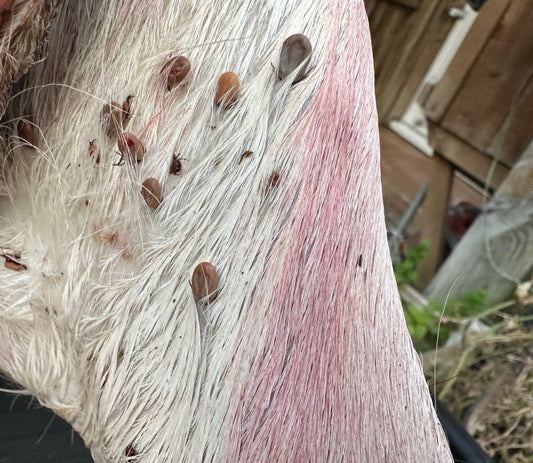The cranial anatomy of deer is a fascinating blend of functional adaptation and evolutionary artistry. The skull, antlers, and dentition of deer are not just anatomical structures, but they also are indicators of the animal's health, age, and life history. In this segment of our series, we will delve into the examination of these crucial structures and highlight some common issues such as antler deformities and dental diseases.
Skull:
The skull of a deer is a robust structure designed to support the antlers, protect the brain, and house the organs of sight, smell, and hearing. It also provides the attachment for muscles that are used in eating and in moving the head. The skull's shape and size can vary among different deer species, reflecting their diverse habitats and dietary needs.
Antlers:
One of the most distinct and majestic features of male deer (and caribou females) are their antlers, which are grown and shed annually. Antlers are extensions of the skull and are unique to the deer family. They are used for sexual display, to attract females, and to establish dominance among males during the breeding season. Antlers are initially covered in a soft tissue known as velvet, which supplies blood and nutrients as they grow. Once the antlers have fully formed, the velvet is shed, revealing the hard bone beneath.

Dentition:
Deer have a specific set of teeth adapted to their herbivorous diet. They possess sharp incisors for cutting vegetation and molars for grinding plant material. The wear and replacement of teeth can provide valuable information regarding the age of a deer. Their dental health is crucial for their overall well-being as it directly impacts their ability to feed efficiently.
Common Issues:
Antler Deformities:
Antler deformities can occur due to a variety of reasons including genetic factors, nutritional deficiencies, or injuries. Deformed antlers can sometimes indicate underlying health issues or adverse environmental conditions.

Dental Diseases:
Dental diseases can severely affect a deer's ability to forage and thus its overall health. Common dental issues include tooth abscesses, wear, and breakage. Monitoring dental health is an essential aspect of deer management, especially in populations subjected to high levels of human interaction or environmental stressors.
The cranial anatomy of deer is a testament to nature's ability to tailor form to function. Understanding the intricacies of deer cranial anatomy is essential for anyone involved in deer management, conservation efforts, or those with a keen interest in wildlife. It provides insight into their health, behaviour, and the challenges they face in their natural habitats, and it lays the foundation for effective management strategies aimed at ensuring the well-being and conservation of these remarkable creatures.




